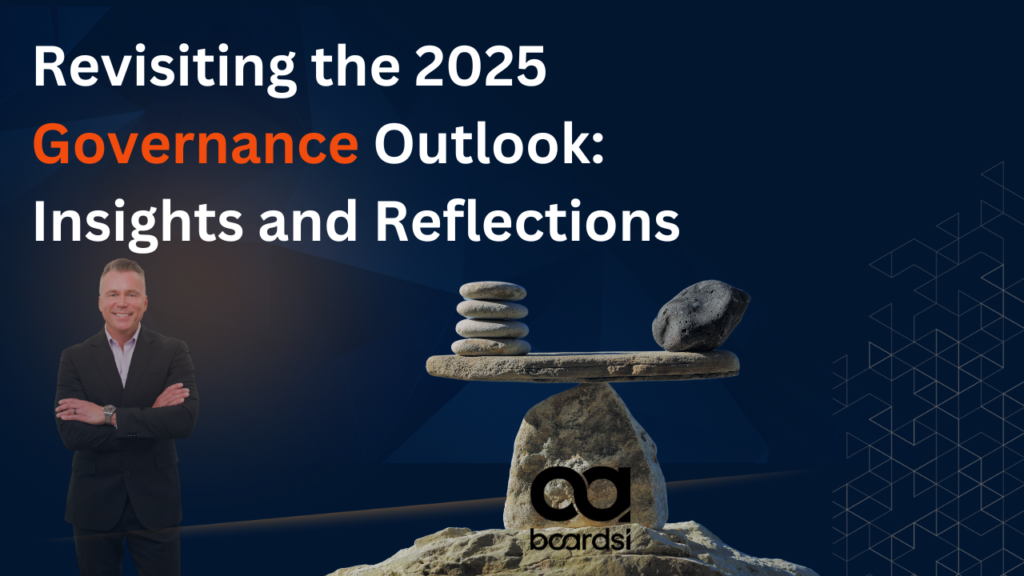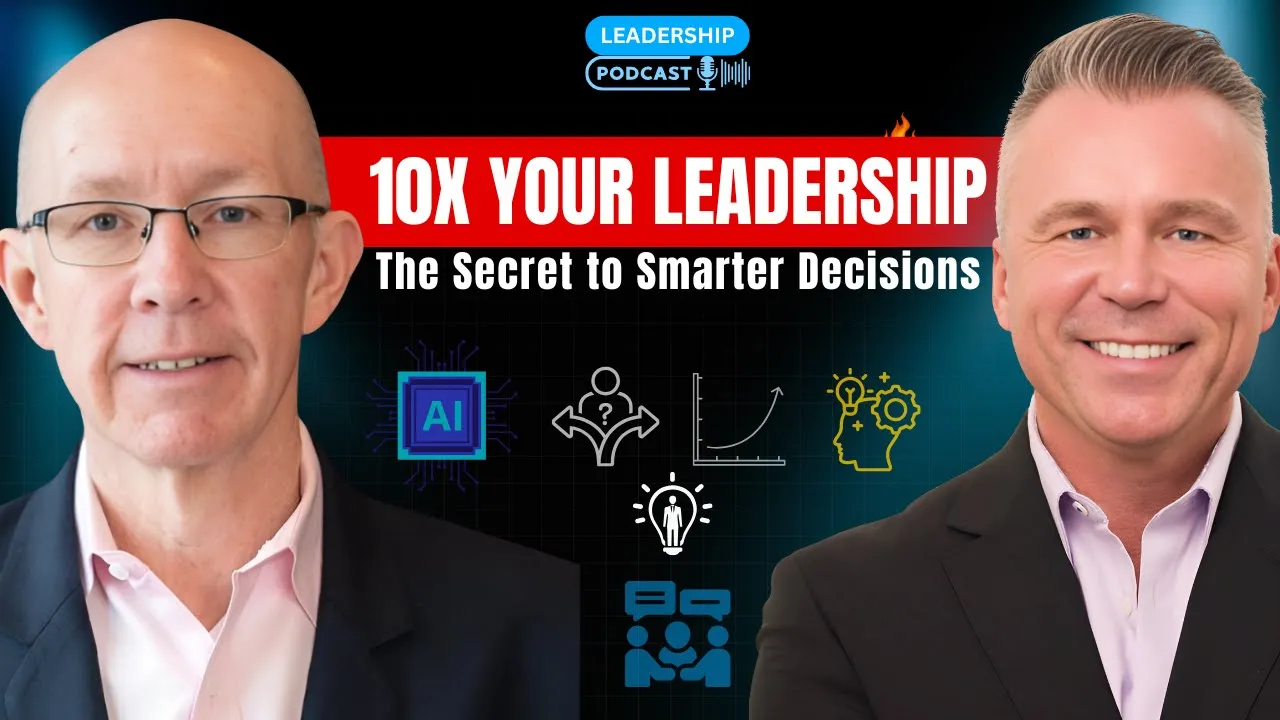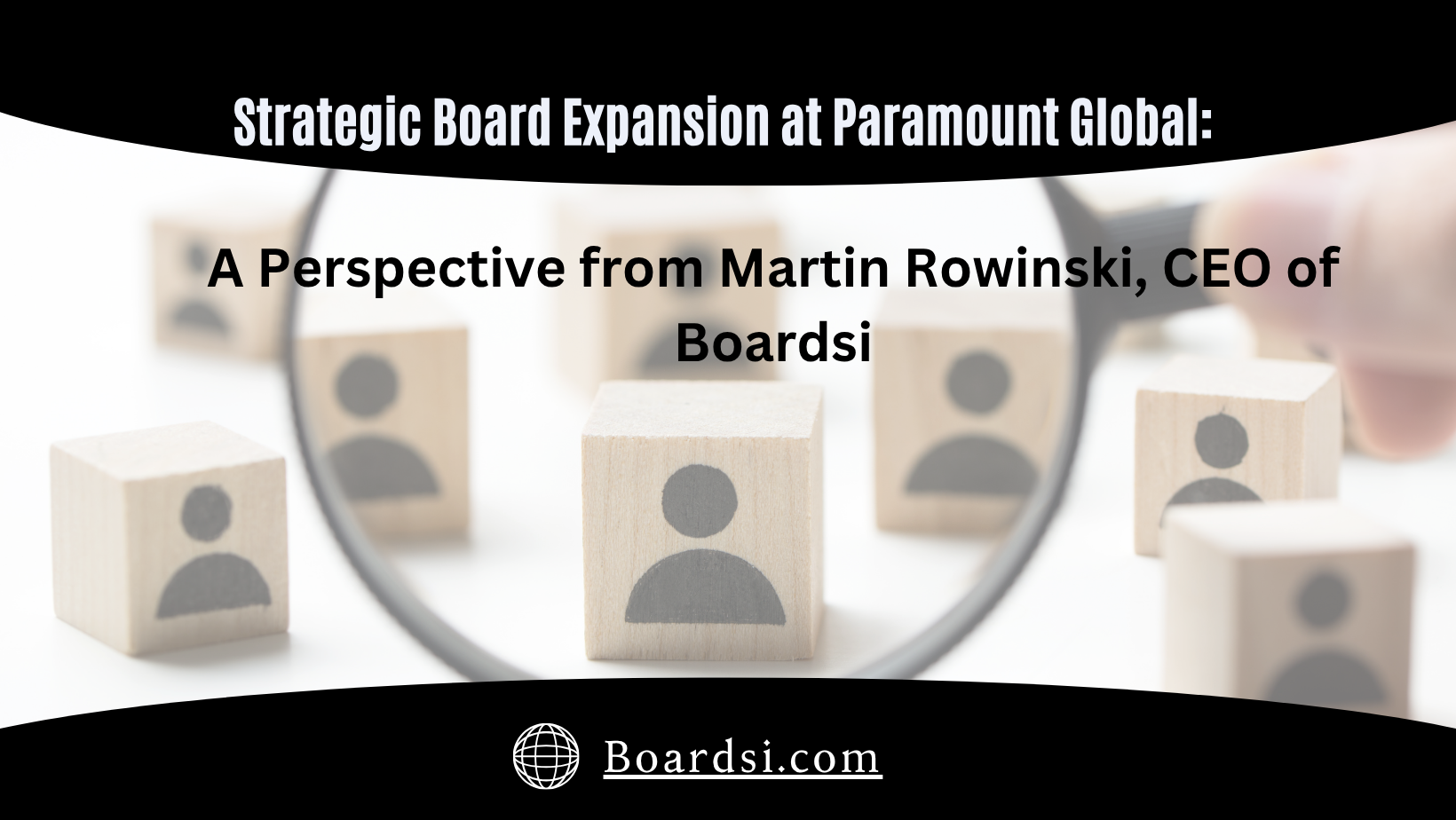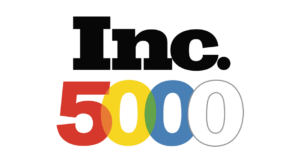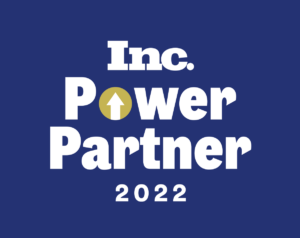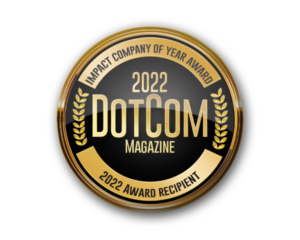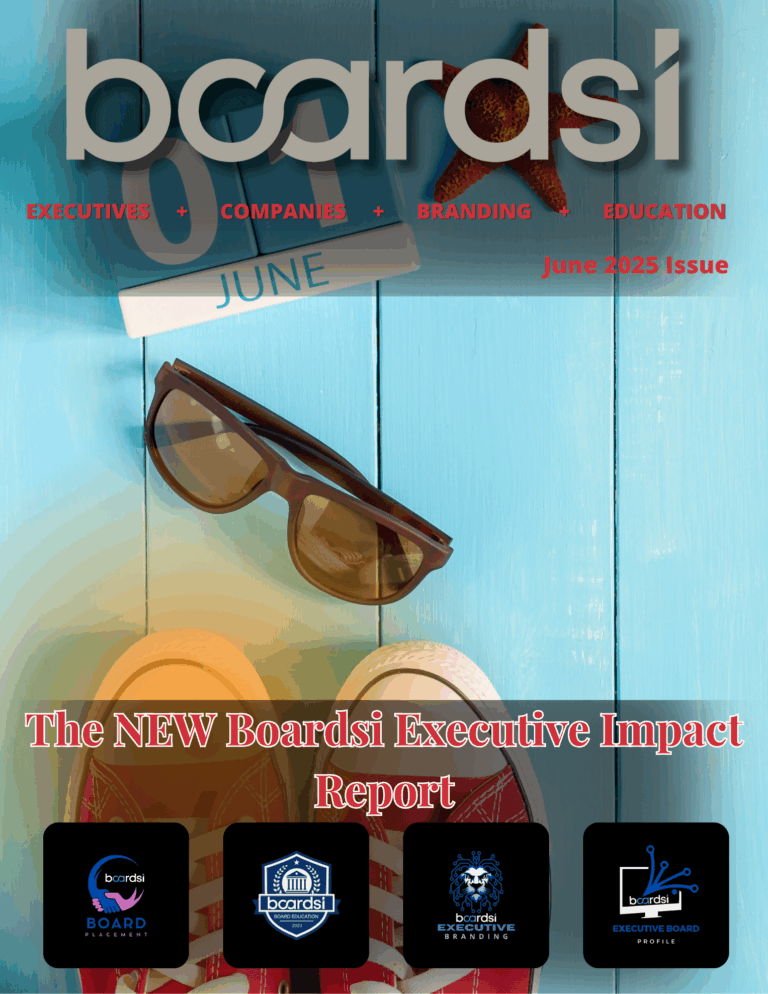In their compelling article, Preparing for Five Crucial Board Balancing Acts in 2025, authors Friso van der Oord and Ted Sikora highlight key challenges boards must navigate to stay effective in a rapidly evolving landscape. Published by NACD.org, the article is a must-read for anyone looking to understand the nuances of governance in today’s dynamic environment. Here, I’ll share my reflections on their insights and offer some additional thoughts that align with my own perspectives on board leadership and strategy.
1. Balancing Long-Term Vision with Short-Term Pressures
Van der Oord and Sikora emphasize the delicate balance boards must maintain between long-term strategic goals and short-term demands from stakeholders. This balancing act is critical in ensuring sustained organizational success while responding to immediate pressures such as market volatility or activist investors.
My Take:
Boards often lean heavily toward one end of this spectrum. To achieve equilibrium, boards need robust frameworks that link immediate decisions to long-term outcomes. Tools like scenario planning and strategic scorecards can provide directors with a clearer picture of how today’s actions impact tomorrow’s goals. This approach not only ensures accountability but also reinforces alignment with the organization’s mission.
Key Insight from the Original Article:
This balancing act underscores the importance of dynamic agendas and adaptive governance structures that can pivot between immediate needs and strategic imperatives.
2. Advancing Digital Transformation Without Losing Focus on Human Capital
In their article, the authors highlight how digital transformation and innovation require boards to allocate resources effectively, often at the expense of investing in workforce development and employee well-being. Striking a balance here is essential, as the human side of an organization drives the success of its technological initiatives.
My Take:
Technology and people aren’t mutually exclusive—they’re deeply interconnected. As boards champion digital innovation, they must also prioritize investments in workforce upskilling and organizational culture. For example, integrating human capital metrics into board discussions about technology can ensure that digital advancements don’t overshadow the importance of employee engagement and resilience.
Key Insight from the Original Article:
Van der Oord and Sikora’s observation that boards must avoid creating an “either-or” scenario when balancing digital investments with human capital development is spot on. Both elements are necessary for sustainable success.
3. Navigating ESG Expectations While Driving Profitability
The original article touches on the increasing complexity of balancing environmental, social, and governance (ESG) commitments with the need to deliver financial results. Boards face rising pressure from stakeholders to demonstrate measurable progress on ESG goals without sacrificing profitability.
My Take:
ESG is no longer a “nice-to-have”—it’s a business imperative. However, ESG efforts must be tied directly to the organization’s core strategy. For example, boards can focus on ESG initiatives that drive innovation, enhance brand reputation, or improve operational efficiency. By framing ESG as a growth driver rather than a cost center, boards can address stakeholder expectations while maintaining a focus on the bottom line.
Key Insight from the Original Article:
Van der Oord and Sikora make an excellent point about the importance of transparency in ESG efforts. Clear communication with stakeholders about progress and challenges can build trust and credibility, even if the path to profitability isn’t linear.
4. Responding to Stakeholders While Upholding Board Independence
The article discusses the tension boards face between engaging stakeholders and preserving their independence. Stakeholders—including investors, employees, and customers—demand greater involvement, but boards must avoid being overly influenced by these groups to maintain objectivity in decision-making.
My Take:
This balancing act is particularly challenging in today’s era of heightened transparency and activism. Boards can navigate this by establishing structured engagement processes that allow for input without compromising their fiduciary responsibilities. For example, creating advisory panels or conducting regular stakeholder surveys can provide valuable insights while preserving the board’s autonomy.
Key Insight from the Original Article:
Van der Oord and Sikora rightly note that effective communication is key. Proactively engaging with stakeholders on the board’s terms fosters mutual understanding and respect for governance boundaries.
5. Cultivating Innovation While Managing Risk
Finally, the authors explore how boards must encourage innovation to drive growth while maintaining appropriate oversight to manage risks. This is especially pertinent as organizations face rapidly evolving technologies and market disruptions.
My Take:
Boards must embrace a mindset of “calculated boldness.” Encouraging innovation requires a culture of experimentation and resilience, where failure is viewed as a learning opportunity rather than a liability. At the same time, boards need robust risk management frameworks that enable them to identify and mitigate potential downsides without stifling creativity.
Key Insight from the Original Article:
Van der Oord and Sikora highlight the value of diverse perspectives in fostering innovation. Boards that prioritize cognitive diversity are better equipped to balance creativity with caution, ensuring long-term success.
Final Reflections
The insights shared by Friso van der Oord and Ted Sikora in Preparing for Five Crucial Board Balancing Acts in 2025 provide a valuable framework for boards navigating today’s complex governance environment. From balancing short- and long-term priorities to aligning innovation with risk management, these balancing acts underscore the importance of intentional, adaptive leadership in the boardroom.
For me, their article resonates deeply with the strategies I advocate at Boardsi and in my own work on leadership and board development. As we move into an increasingly dynamic future, these insights will remain critical for boards seeking to lead with impact and purpose.
For the original article and more in-depth discussion, visit NACD.org’s publication here: Preparing for Five Crucial Board Balancing Acts in 2025.

